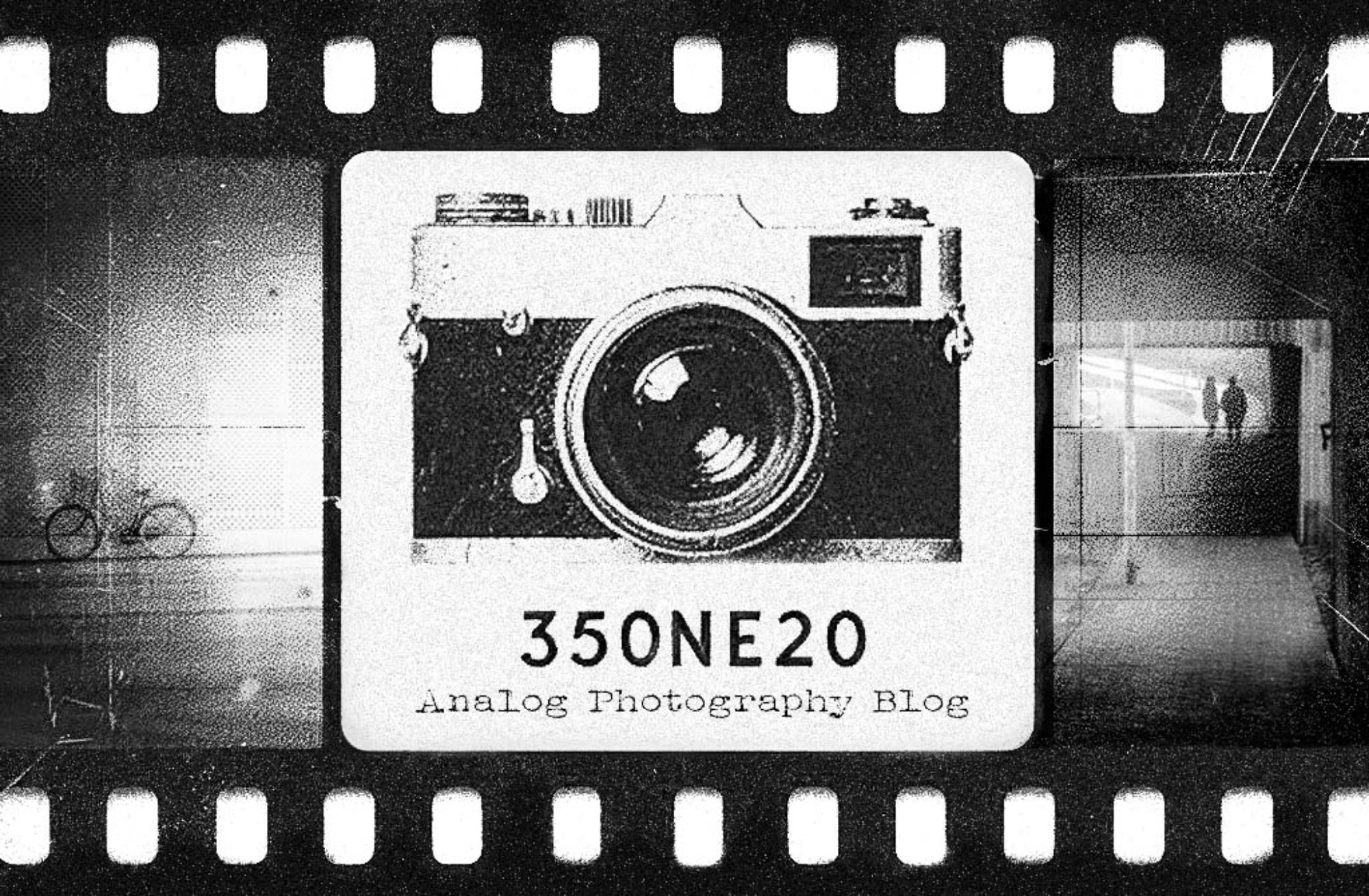If you don't know what cross processing is, then here is the – very – short version. It is when you develop a film in the “wrong” chemicals, a C41 film in E6 chemicals and vice versa. Read more about it here on Wikipedia
It's not that I do this a lot, I actually only done it once recently – a E6 film in C41 chemicals – and then I have two old – 20 years – slide film that was developed in C41 by the lab by a mistake.
It's the two old films, I'll use in this blog post, because back in the day I always ordered 10×15 prints of my negatives, when I got them developed. And that's how I know what they look like when cross processed, and that gives me the perfect set-off for this comparison.
Back then I was very sad, that they were cross processed, I don't even think I knew it was a thing you could do for the effect. Anyway I wasn't happy about it, and my Photoshop skills were not that good either, so correcting the photos – from a scan of the 10×15 print – was not really an option. I mainly just converted them to black and white.
Jump to 2020, and my photography skills are a way better than in 2000, and my photo equipment is also a lot better, I can now scan the negatives in a dedicated negative scanner instead of scanning the 10×15 prints on a flatbed scanner. And the software has of course also gotten better, and this guy Nathan made a super awesome negative conversion plug-in for Lightroom called Negative Lab Pro (NLP), which I have used on all my scans, since I bought it.
I started scanning my old negatives, and when I came to the two cross processed ones, I noticed that the colors were different from what I remembered the 10×15 prints to be. I found the prints in a photo album, and I was right they were a lot greener in the 2000 version, then in my new NLP version.
So is this a good or a bad thing? Well, I guess that all depends on what you're looking for in your photo. There is no doubt about that, the 2000 me, would have been a happy camper with the NLP versions of the negatives. And I must admit that 2020 me also like the NLP look.
But if it's the cross process look you're going for, then I wouldn't recommend that you use NLP, but just scan the negatives with as few settings in your scanner software as possible.
OK, on with the comparison. But first some…
Useful info:
- Scanner: Plustek 8200i
- Software: Vuescan
- Non NLP scan settings: media: color negative, color balance: neutral, 48bit RGB and 3600dpi resolution, the rest is up to you 🙂
- NLP scan settings: the ones Nathan recommends on his website.
Here are a few examples. The top photo is without NLP conversion and the bottom photo is. I haven't done any corrections other than cropping the photos.












NB: the 10×15 prints – from back then – I have in my photo album, are actually way darker (and perhaps a bit greener) than the scans I made here. Here's a quick snapshot of a few of them.

This work is licensed under a Creative Commons Attribution-NonCommercial-NoDerivatives 4.0 International License.




